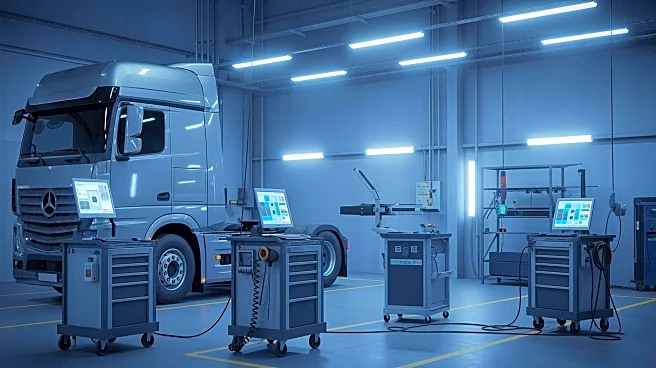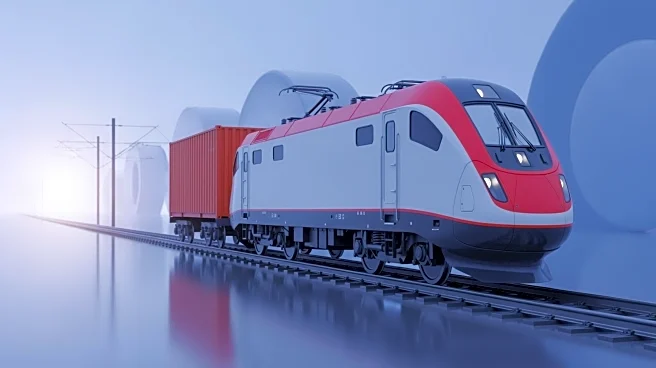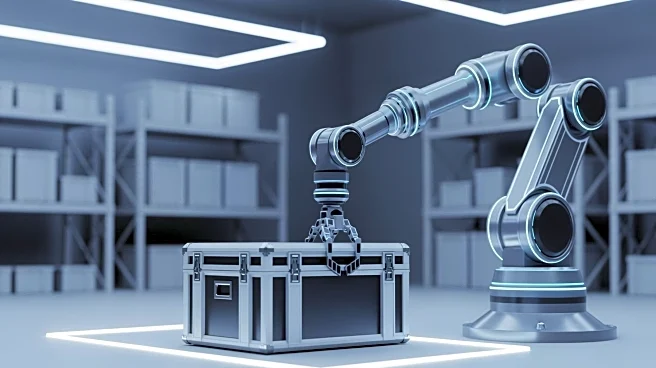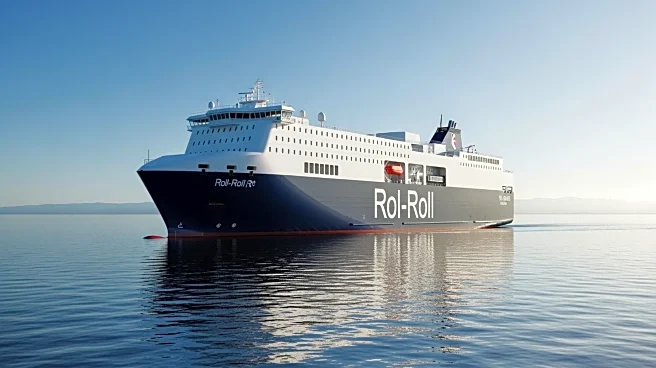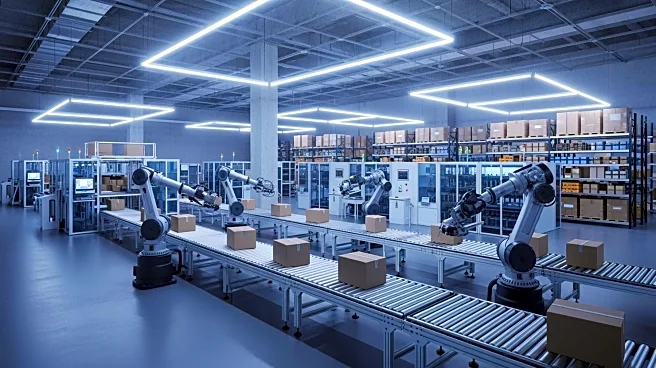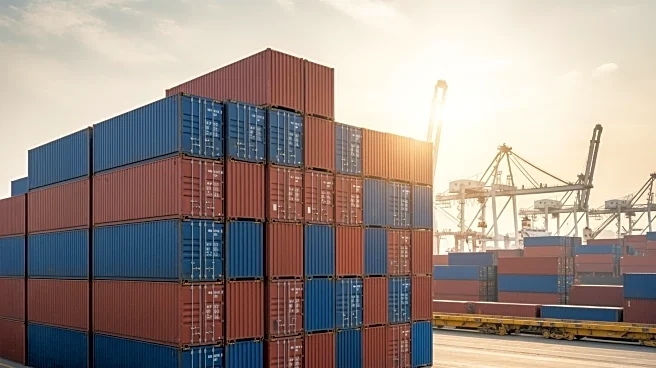What's Happening?
Challenger Motor Freight, part of the Fastfrate Group, is implementing proactive maintenance and equipment strategies to enhance efficiency and reduce downtime. Jaime Hillier, the newly appointed VP of maintenance, is leading several initiatives to optimize
the fleet's operations. Challenger operates over 500 company trucks and more than 3,000 trailers, utilizing telematics and driver training to improve maintenance practices. The company is moving towards a model that employs more owner-operators, which has been found to be financially beneficial and more cost-effective than continually searching for drivers.
Why It's Important?
Challenger Motor Freight's approach to maintenance and telematics is significant for the transportation industry, as it highlights the benefits of proactive strategies in reducing operational costs and improving efficiency. By utilizing telematics data and emphasizing driver training, Challenger is able to mitigate breakdowns and enhance uptime, which is crucial for maintaining competitive advantage in logistics. The shift towards employing more owner-operators reflects a strategic move to optimize total cost of ownership and improve service delivery. These practices can serve as a model for other companies seeking to enhance their operational efficiency.
What's Next?
Challenger is expected to continue refining its maintenance strategies and expanding its use of telematics to further reduce downtime. The company may explore additional technological solutions to enhance fleet management and driver training. As the industry evolves, Challenger's proactive approach may lead to increased collaboration with OEMs and technology providers to develop innovative solutions for fleet maintenance. Stakeholders will be monitoring the impact of these strategies on Challenger's operational performance and customer satisfaction.
Beyond the Headlines
Challenger's focus on preventive maintenance and telematics reflects broader industry trends towards digital transformation and data-driven decision-making. This shift may lead to increased investment in telematics and fleet management technologies, driving innovation and efficiency in logistics. Additionally, the emphasis on owner-operators highlights changing labor dynamics in the transportation industry, with potential implications for workforce management and recruitment strategies.
